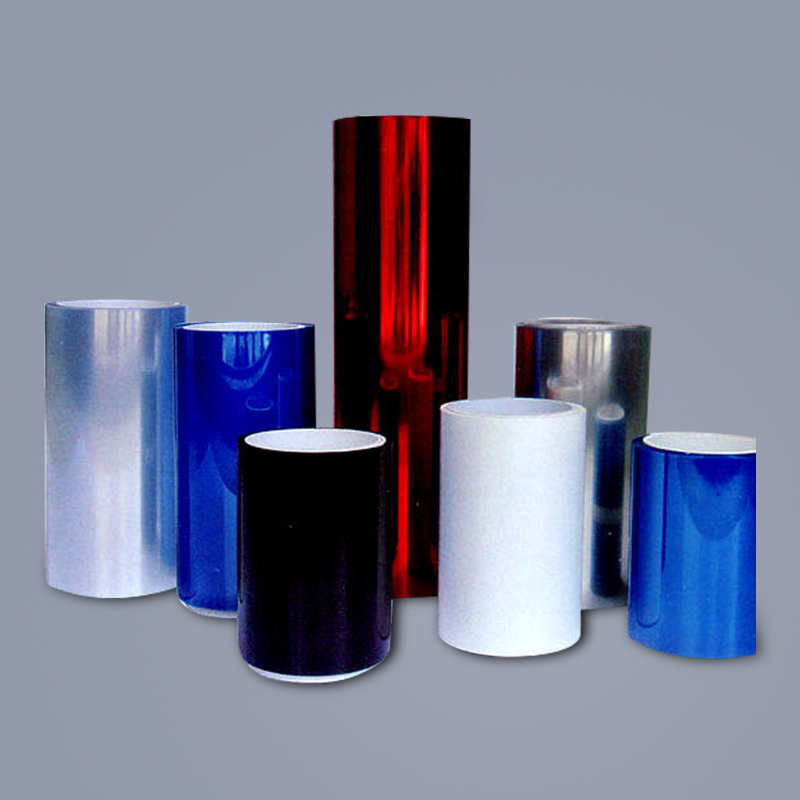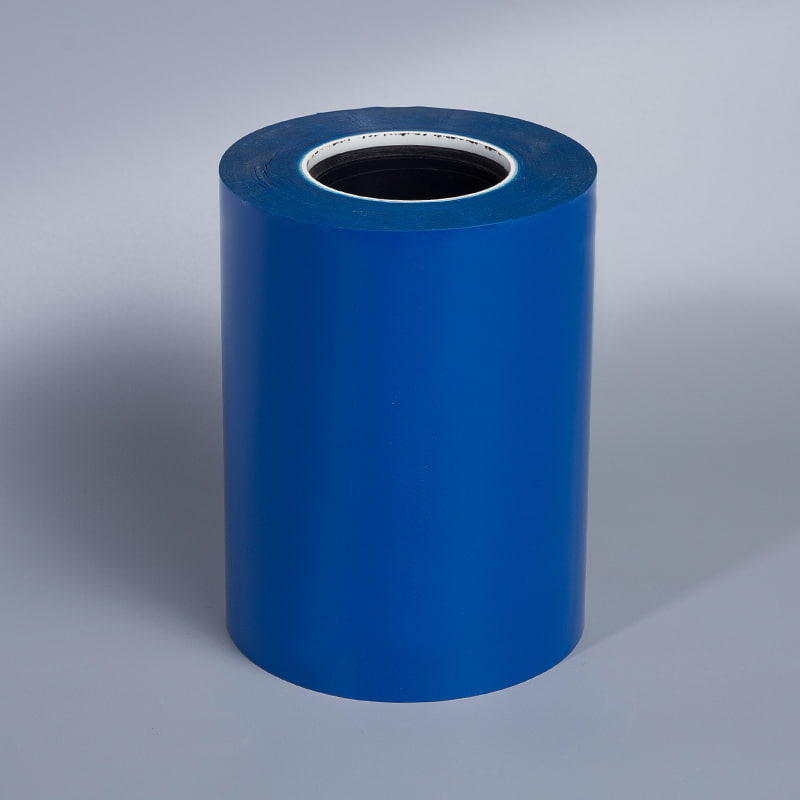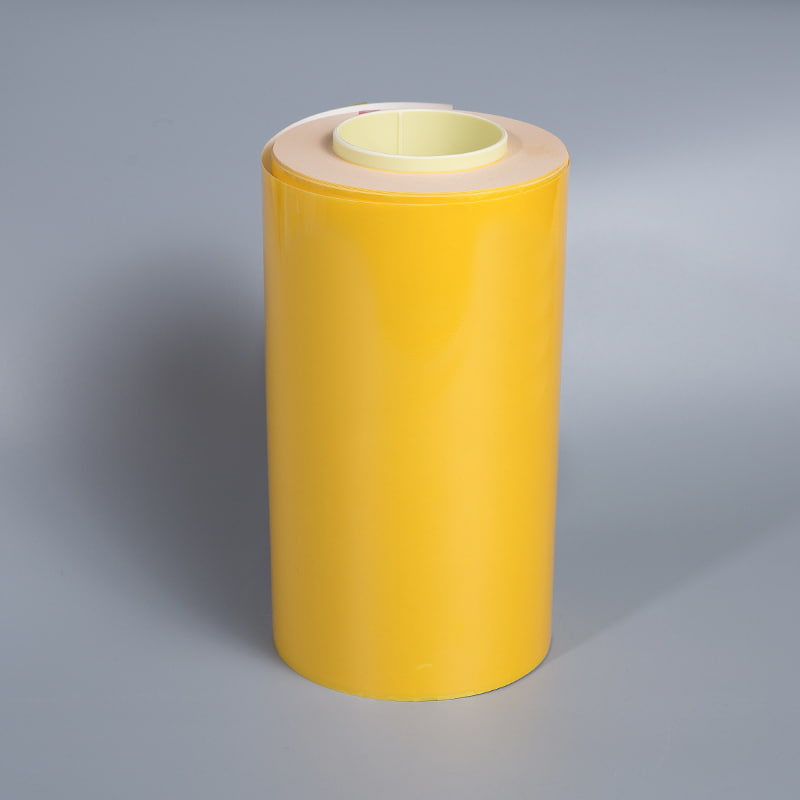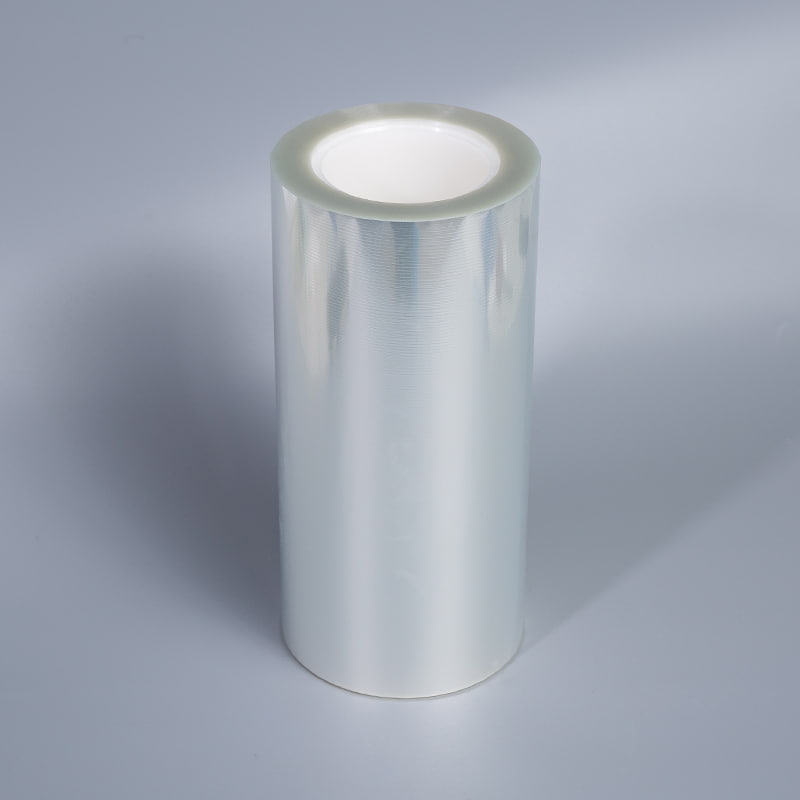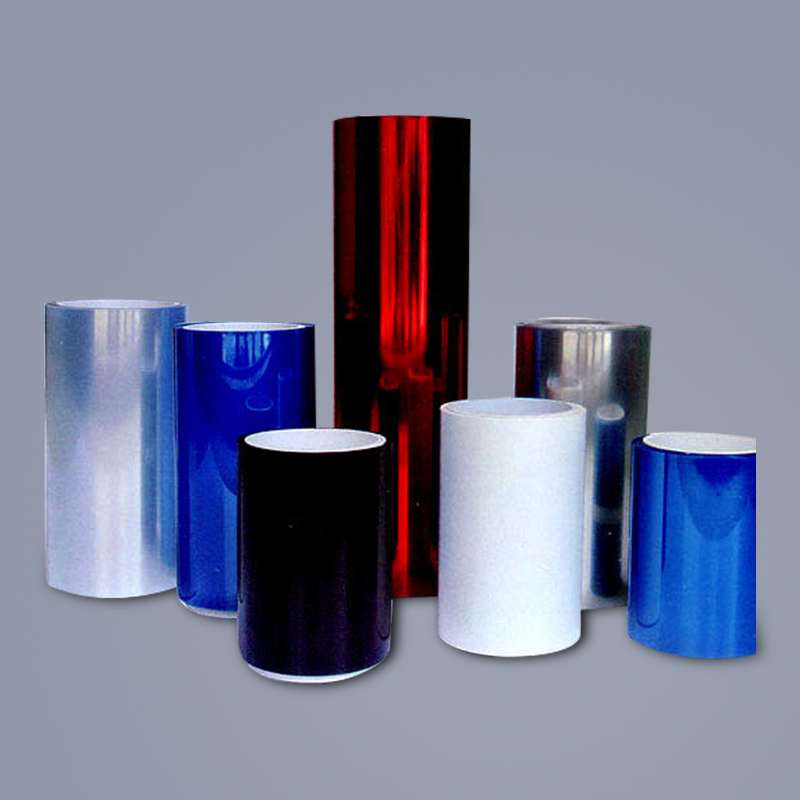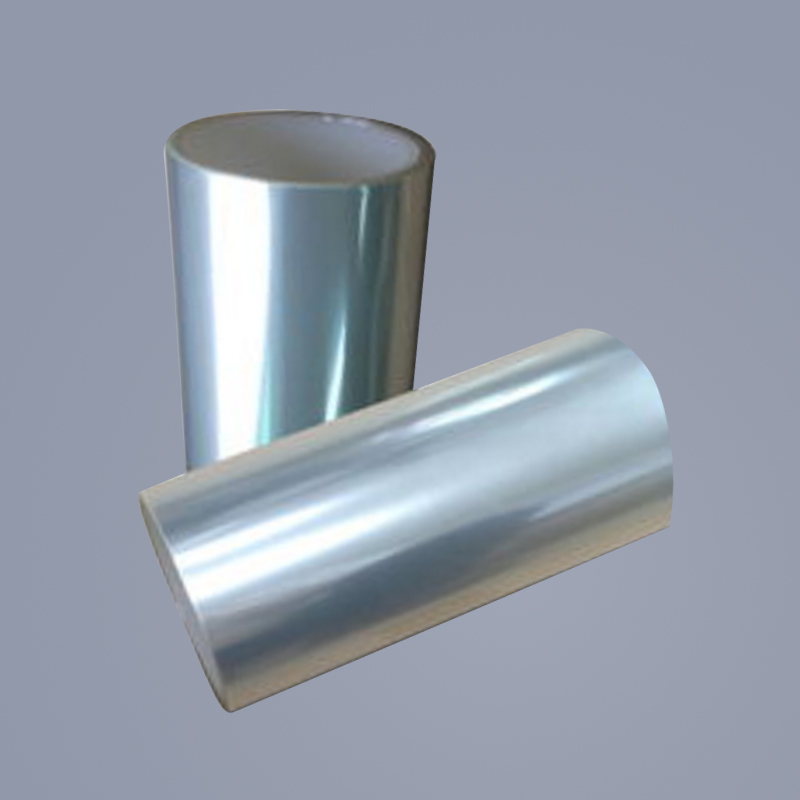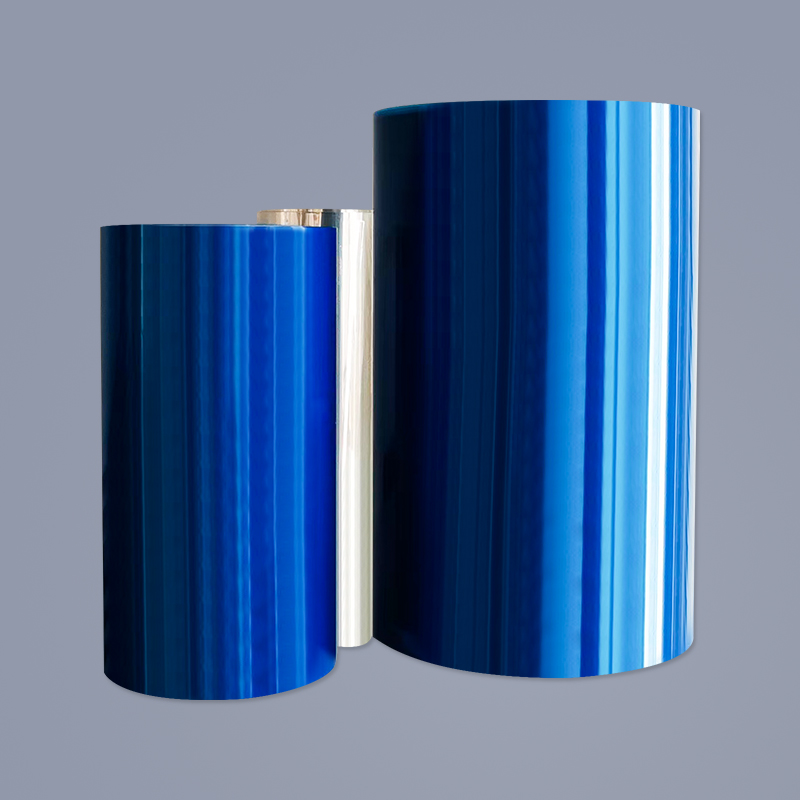The world of PET Release Printed Films is far more complex than meets the eye. While they serve as temporary protective layers, their performance is critical to the success of countless industrial and technological applications. A one-size-fits-all approach falls short when precision is paramount. This comprehensive guide delves into the sophisticated realm of multi-specification and customized solutions, exploring the technical breakthroughs that enable precise control from light release to heavy release.
Understanding PET Release Film and Its Critical Specifications
At its core, a PET Release Film is a polyester-based substrate coated with a release layer. The primary function is to protect pressure-sensitive adhesives until they are ready for use. The key to its versatility lies in its specifications, which are meticulously engineered to meet specific application demands. Understanding these parameters is the first step toward selecting the right film.
- Release Force: The cornerstone of film classification, measured in grams per inch (g/in) or newtons per decimeter (N/dm), determining how easily the film separates from the adhesive.
- Substrate Thickness and Caliper: The base PET film's thickness, typically ranging from 2 to 5 mils, influences stiffness, conformability, and processing performance.
- Silicone Coating Weight: The amount of silicone or other release agent applied affects the smoothness and consistency of the release characteristic.
- Surface Energy and Finish: Ranging from high-gloss to matte, the surface finish can impact adhesion, printability, and optical clarity.
The Spectrum of Release Forces: From Light to Heavy
The release force is the most defining characteristic of a PET release liner. It exists on a spectrum, and selecting the correct point on this spectrum is crucial for the efficiency and success of the conversion and application processes. An incorrect release force can lead to adhesive transfer, poor laydown, or even damage to the component.
- Light/ Easy Release (5-30 g/in): Designed for applications where minimal force is required for separation. Ideal for delicate materials, high-speed automated processes, and films used in digital printing release layers.
- Medium/ Controlled Release (30-100 g/in): Offers a balanced release, providing good handling strength before application while still allowing for clean removal. A versatile option for many standard applications.
- Heavy/ Tight Release (100+ g/in): Formulated to resist separation, providing a secure bond during storage, shipping, and further manufacturing steps. Essential for aggressive adhesives and high-temperature environments.
Comparative Analysis of Release Force Grades
Choosing between light, medium, and heavy release films depends on a matrix of factors. The following table provides a clear comparison to guide the selection process based on adhesive type, application speed, and end-use.
| Release Force Grade | Typical Range | Ideal Adhesive Type | Common Applications |
| Light Release | 5 - 30 g/in | Acrylic, Rubber-based, Low-tack | Medical Tapes, Graphic Films, High-speed Die-cutting |
| Medium Release | 30 - 100 g/in | Most Acrylics, Medium-tack PSA | Double-sided Tapes, Foam Tapes, Label Stocks |
| Heavy Release | 100+ g/in | Aggressive Acrylics, Silicone PSAs | Electronic Mounting, Automotive Trim, High-temperature Processing |
Customization Options for Specific Industrial Needs
Beyond standard release forces, true innovation in PET Release Printed Films lies in customization. Off-the-shelf solutions cannot address the unique challenges of advanced industries. Customization allows for the optimization of every film property to fit a precise manufacturing ecosystem.
- Tailored Release Forces: Engineering a film with a release force that sits between standard classifications (e.g., a 45 g/in or an 80 g/in film) for perfect process compatibility.
- Differential Release Films: A single film with a heavy release on one side and a light release on the other, facilitating automated de-lamination in complex assembly processes.
- Specialty Backings and Treatments: Developing films with specific properties like anti-static, UV resistance, or thermal stability to meet the demands of electronics and outdoor applications.
Custom Surface Treatments for Enhanced Performance
Surface treatment is a critical area for customization, directly impacting how the film interacts with other materials and processes. These treatments can solve specific production challenges and enable new applications.
- Corona Treatment: Increases the surface energy of the film, improving the adhesion of inks and coatings, which is vital for creating high-quality printed PET film products.
- Anti-Newton Ring (ANR) Treatment: Creates a micro-rough surface to prevent optical interference patterns, a crucial feature for films used in display and touch panel manufacturing.
- Anti-Static Treatment: Incorporates conductive materials to dissipate static charge, protecting sensitive electronic components from electrostatic discharge (ESD) during lamination and de-lamination.
Technical Breakthroughs in Release Layer Technology
The ability to offer a wide range of specifications and custom solutions is driven by continuous innovation in release layer chemistry and application technology. Recent breakthroughs are pushing the boundaries of what PET release liners can achieve.
- Platinum-cure Silicone Systems: Offer superior release control and consistency, with low extractables, making them ideal for medical grade PET film applications where purity is non-negotiable.
- UV-Curable Release Systems: Enable faster production speeds and more precise control over coating weight, allowing for the creation of ultra-thin and consistent release layers.
- Silicone-Free Technology: The development of non-silicone release agents provides an alternative for applications where silicone contamination is a major concern, such as in certain electronics and printing processes.
How to Select the Right PET Release Film for Your Application
Selecting the optimal PET release film is a systematic process that requires a deep understanding of your own production line and end-product requirements. A methodical approach prevents costly errors and ensures optimal performance.
- Define Your Process Parameters: Consider your lamination speed, de-lamination method (manual vs. automated), and any exposure to heat or UV light during processing.
- Analyze Your Adhesive: Understand the adhesive's tack, ultimate adhesion, and chemical composition. Aggressive adhesives typically require a heavier release force.
- Evaluate End-Use Conditions: Factor in the final application environment, including temperature extremes, potential UV exposure, and required lifespan.
- Request and Test Samples: Always procure samples for real-world testing under your specific conditions to validate performance before full-scale adoption.
FAQ
What is the difference between PET release film and PET liner?
The terms "PET release film" and "PET release liner" are often used interchangeably within the industry. Both refer to a polyester film substrate that has been coated with a release agent (like silicone) on one or both sides. There is no fundamental technical difference; the choice of word often comes down to regional or company-specific preference. Some professionals might use "liner" to imply it is part of a roll-to-roll composite structure.
How does release force impact the die-cutting process?
Release force is critical in die-cutting. An incorrect release force can lead to several issues. A film with too light a release force may cause the adhesive tape or label to pop out of the liner prematurely ("flagging") during high-speed cutting, ruining the die and wasting material. Conversely, a film with too heavy a release force can make it difficult to remove the die-cut parts cleanly, slowing down the process and potentially tearing the components. Selecting a film with a controlled, consistent release force ensures clean cutting and efficient matrix stripping.
Can PET release films be used for high-temperature applications?
Yes, but it depends on the specific formulation. Standard PET Release Printed Films have a service temperature typically up to 150°C (302°F). For high temperature release film applications, such as in electronics assembly or automotive manufacturing, specially engineered grades are available. These films use high-temperature stable PET substrates and thermally robust silicone chemistries (like platinum-cure systems) that can withstand prolonged exposure to temperatures exceeding 200°C (392°F) without degrading or transferring silicone to the adhesive.
What are the advantages of differential release films?
Differential release films, which have a light release on one side and a heavy release on the other, offer significant advantages in automated assembly and complex multi-layer laminations. The primary benefit is process simplification: the component can be easily removed from the light-release side by a robot or roller while remaining securely anchored to the heavy-release side during handling and transport. This eliminates misalignment and improves production speed and yield, making them invaluable in the manufacture of multi-layer components for electronics and medical devices.
Is silicone-free PET release film better than traditional silicone-coated film?
"Better" is subjective and depends entirely on the application. Silicone-free release films are not a universal replacement but a specialized solution for specific problems. Their key advantage is the elimination of silicone contamination, which is a critical requirement in certain electronic application release film processes and some printing operations where silicone "mist" can cause de-lamination or printing defects. However, traditional silicone-coated films generally offer a wider range of precisely controllable release forces, superior thermal stability, and a longer-proven performance history for most general industrial applications. The choice hinges on the priority: absolute freedom from contamination versus a broad spectrum of proven release performance.


